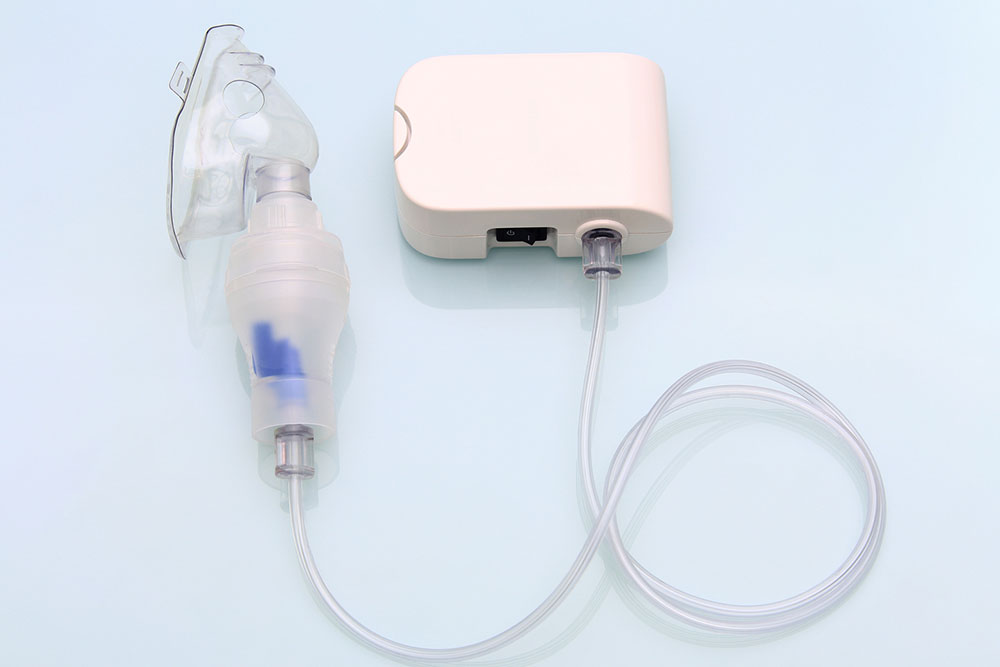7 signs of high blood sugar

When one has too much glucose in the body, it is known as hyperglycemia. It generally occurs when there is too little insulin in the body or when the present insulin cannot be used effectively. This condition commonly affects people with type-1 and type-2 diabetes. However, it may also affect people who have recently had a stroke, heart attack, or severe infection. Here are some common early signs of high blood sugar one should know about:
Frequent urination
High blood sugar levels in the body cause the kidneys to filter out excess sugar from the blood. This increases one’s urge to urinate, particularly at night.
Increased thirst (polydipsia)
Increased urination causes the loss of additional water in the body, which may make one feel dehydrated and thirstier than usual.
Increased hunger
Often, people with diabetes cannot get enough energy from their food. This increases their urge to eat more often.
Fatigue
A lack of energy causes people to feel tired constantly.
Headache
High blood sugar levels may cause shifts in the levels of the hormones epinephrine and norepinephrine, which may trigger headaches in some people.
Blurred vision
Excessive sugar in the bloodstream can also damage blood vessels in the eyes, affecting one’s vision. It may cause swelling in the eye lens, which may affect vision temporarily, but will subside once blood sugar levels reduce. When left untreated, however, high blood sugar levels may eventually lead to permanent vision loss.
Itchy infections
Excessive sugar in the blood and urine becomes a feeding ground for yeast. A disturbed balance of one’s microbiome could lead to yeast infections around the mouth, genital areas, and armpits. These infections are generally itchy but may also cause a burning sensation, skin discoloration, or soreness.
When one experiences hyperglycemia over a longer period, they may also experience vaginal yeast infections, skin infections, and slow-healing cuts and wounds. If hyperglycemia is left untreated, it may even lead to diabetes-related ketoacidosis, which may prove fatal. Symptoms of ketoacidosis include nausea, vomiting, dehydration, abdominal pain, fruity-smelling breath, deep labored breathing, hyperventilation, rapid heartbeat, confusion, disorientation, and even a loss of consciousness.
Individuals at risk of diabetes can make lifestyle changes, including cutting down on foods rich in sugars. If one enjoys chewing gum, one can switch to sugarless options, like those with an ingredient called xylitol. These are generally safer alternatives to sugar-rich choices. One should also speak to their healthcare professional before making any such changes to ensure they have no side effects.
Covering the cost of treatment
People over the age of 65, those with disabilities under the age of 65, and people with end-stage renal disease (ESRD) living with hyperglycemia and diabetes can make use of the Medicare program to cover the cost of medical services such as hospital stays, doctor visits, and even supplies like lancets, blood sugar test strips, and more.
Medicare Part B
This part of Medicare provides medical insurance such as outpatient and preventive care and covers devices and supplies such as blood sugar monitors, blood sugar test strips, lancet devices, lancet strips, and glucose control solutions such as insulin and insulin pumps for people with diabetes. It also includes preventive tests such as diagnostic screenings for diabetes and cardiovascular diseases, glaucoma tests, etc.
People with diabetes may also use several nutrition therapies and diabetes management training programs available under this program annually.
Those with diabetes or hyperglycemia looking for additional medical coverage can also opt for Medicare Part C (Medicare Advantage Plans), which are offered by private companies, or Medicare Part D, which covers the cost of some prescribed treatments.

